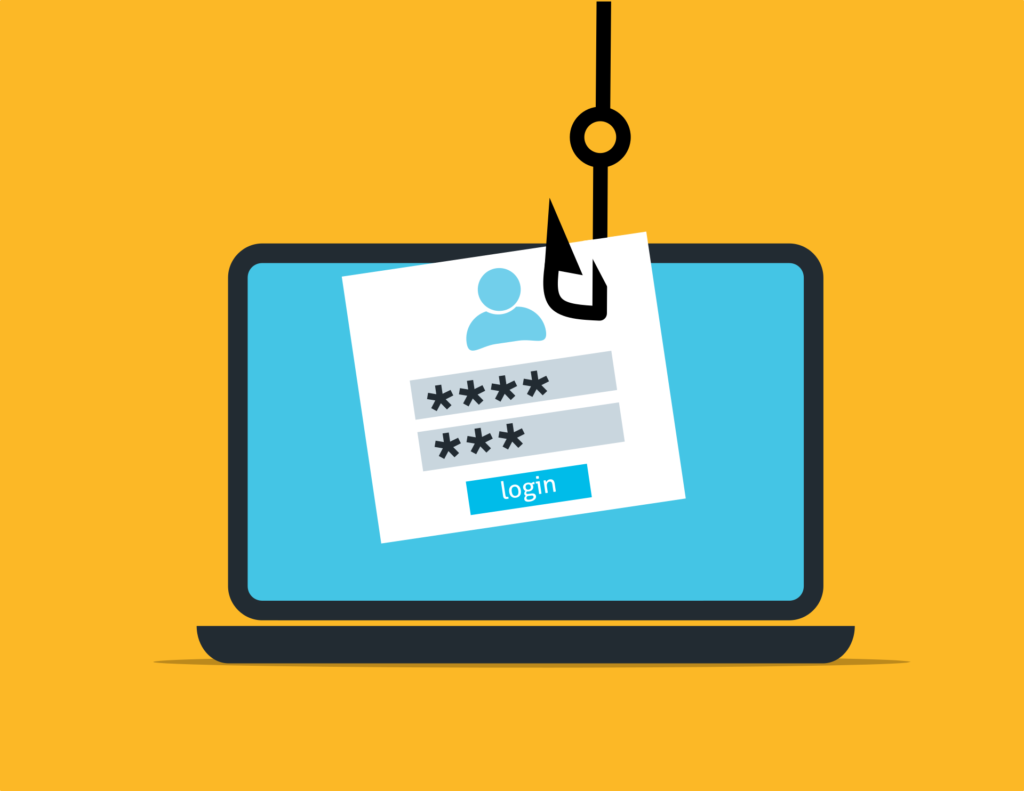In the ever-evolving world of IT security, it's crucial to stay ahead of the game.
The convergence of the Principle of Least Privilege (PoLP) and Zero Trust Network Access (ZTNA) is a security dream team that promises to bolster your company's proactive security measures.
What is the Principle of Least Privilege (PoLP)?
Principle of Least Privilege (PoLP) is all about controlling user access effectively.
It revolves around the concept of granting only the essential access necessary for users or devices to perform their roles. By doing so, you limit the potential damage of a compromised account or a malicious employee. PoLP significantly reduces the scope of access, putting a damper on lateral movement within your network, and minimizing the potential harm caused by unauthorized access.
Best practices in PoLP include:
- Assigning group- and role-based access controls.
- Utilizing separate administrator and standard accounts.
- Conducting regular privilege audits.
- Making PoLP the default, creating all accounts with only the privileges necessary for their respective roles.
The Power of Zero Trust Network Access (ZTNA)
On the other hand, Zero Trust takes the concept of access control a step further by emphasizing authorization in addition to access.
It operates under the assumption that all requests for protected resources are potential threats. ZTNA continuously verifies the authentication and authorization of users and devices, scrutinizing who or what is requesting access and whether the request is suspicious or normal.
A successful ZTNA deployment requires a thorough understanding of your attack surface and the resources that need protection.
The Perfect Partnership:
Combining PoLP and ZTNA
For the best results in safeguarding your systems, consider integrating both PoLP and ZTNA.
Here’s how they align with the access chain when a user logs into a network or application:
Identification:
- Zero Trust requires identity verification upon every request.
- PoLP ensures minimal permissions, particularly in later stages.
Authentication:
- Zero Trust follows a dynamic and strict authentication and authorization process.
- PoLP enforces these policies, allowing only those with the correct privileges to access resources.
Authorization:
- Zero Trust evaluates various data points in real time.
- PoLP mandates that users are granted only the minimum permissions necessary, with authorization being restrictive by default.
Access:
- Zero Trust continually verifies user behavior and access.
- PoLP limits movement within the system, ensuring that even if a threat actor navigates the access chain, their actions remain constrained.
Audit & Accountability:
- Zero Trust maintains a comprehensive audit trail, enhancing threat detection and incident response.
- PoLP’s audit logs help fine-tune security by revealing access patterns and resource usage.




